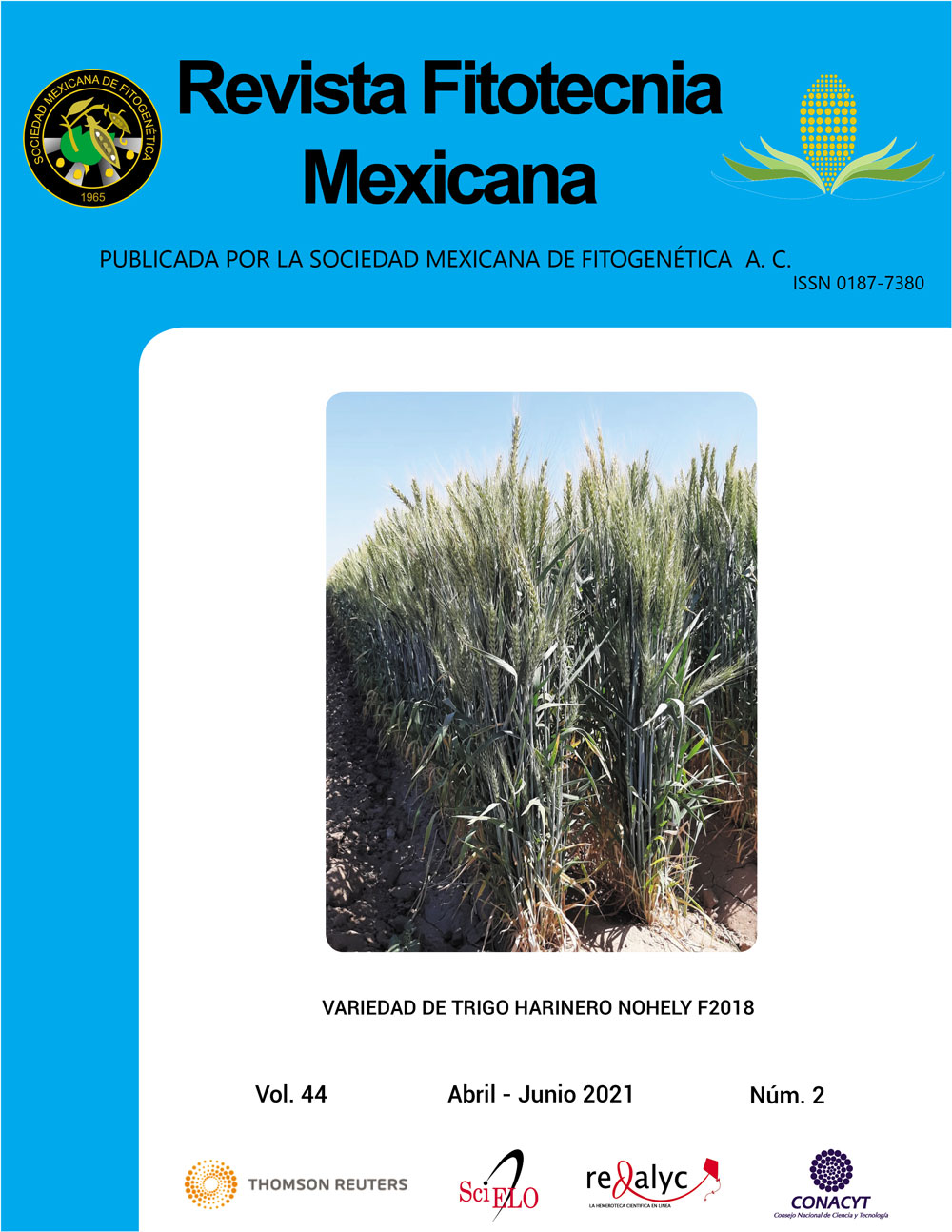GLOCHIDS FROM THE FRUIT OF Opuntia albicarpa SCHEINVAR AND THEIR HYDROLYSIS FOR POTENTIAL AGRONOMIC USE
Main Article Content
Abstract
Glochids of prickly pear constitute an organic residue derived from the processing of the fruit prior to its commercialization. This residue is disposed into plastic bags at the edge of plantations or in unregulated landfills where it accumulates due to its high resistance to natural degradation and combustion. The objective of this investigation was to study the external structure, chemical composition, hydrolysis yield and content of plant nutrients after hydrolysis of prickly pear glochids. The external structure was observed through a scanning electron microscope; it was found that they have retrorse barbs. The dimensions of glochids in their transverse and longitudinal planes were 67.3 ± 9.56 and 1667 ± 292 μm, respectively. Chemical analyses indicated that glochids are composed of 41.15 % cellulose, 41.20 % hemicellulose and 5.27 % lignin; they have a density of 0.157 g mL-1. The highest degradation values, reducing sugars and Brix degrees were obtained from hydrolysis with sulfuric acid, potassium hydroxide and phosphoric acid. The content of plant nutrients in hydrolyzed glochids was compared to that reported in commercial nutrient solutions and it was valued as having great potential as foliar fertilizer in agricultural crops.

